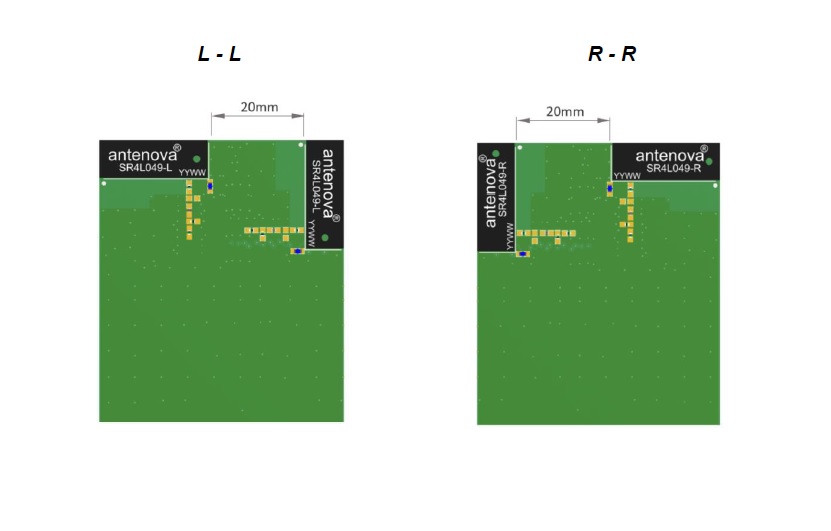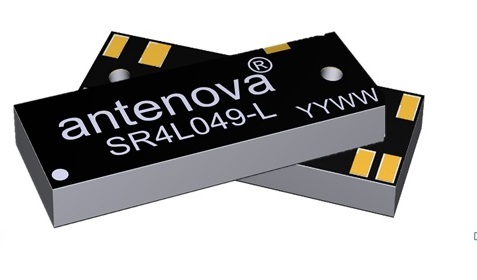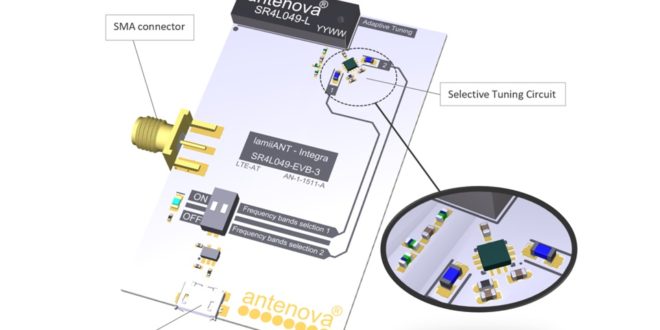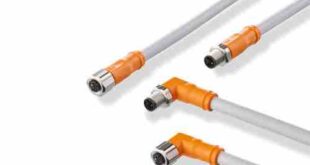These new chip antennas are designed specifically to perform in 3G and 4G diversity applications with very small PCBs.
At just 3.3mm high, the antennas are ultra-compact, so they can be used in slim-line devices that will be unobtrusive in use.
The antennas perform efficiently with a small ground plane, and can even be used on PCBs as small as 65mm.

Where the PCB is smaller than 75mm, Antenova provides an additional active tuning circuit to overcome bandwidth reductions.

The antennas are designed to work singly or in pairs for MIMO and diversity systems.
They have beam steering which gives good isolation and cross correlation and will provide faster downloads in diversity applications.

They are made in left and right versions: the Integra antenna, part numbers SR4L049-L / SR4L049-R, and the Inversa antenna part numbers SR4L034-L / SR4L034-R.
One or two antennas can be used on a PCB and they can be placed in a left or right corner, on any side of the PCB. This gives designers plenty of combinations and options for placing them in a design while leaving space for other components on the board.
‘Keep-out’ area
The ‘keep-out’ area around the antennas is minimal, allowing them to be placed close to other components.
Integra and Inversa operate at different frequencies. Integra covers 791-960 MHz, 1710-2170 MHz, 2300-2400 MHz and 2500-2600 MHz, for European markets, while Inversa covers 698-798 MHz, 824-960 MHz, 1710-2170 MHz, 2300-2400 MHz and 2500-2690MHz and is built for global markets.
These antennas are suitable for small tracking devices, OBDs, 4G Mi-Fi routers, medical equipment, tablets, MIMO systems, Femtocell and Pico stations and remote monitoring.
They were pre-announced at CES and the Embedded World exhibition, where another Antenova antenna, the Robusta antenna for use on metal surfaces, won the show’s Embedded Hardware award.
Antenova provides RF design support and help with antenna integration for customers who require these services.
 Engineer News Network The ultimate online news and information resource for today’s engineer
Engineer News Network The ultimate online news and information resource for today’s engineer






